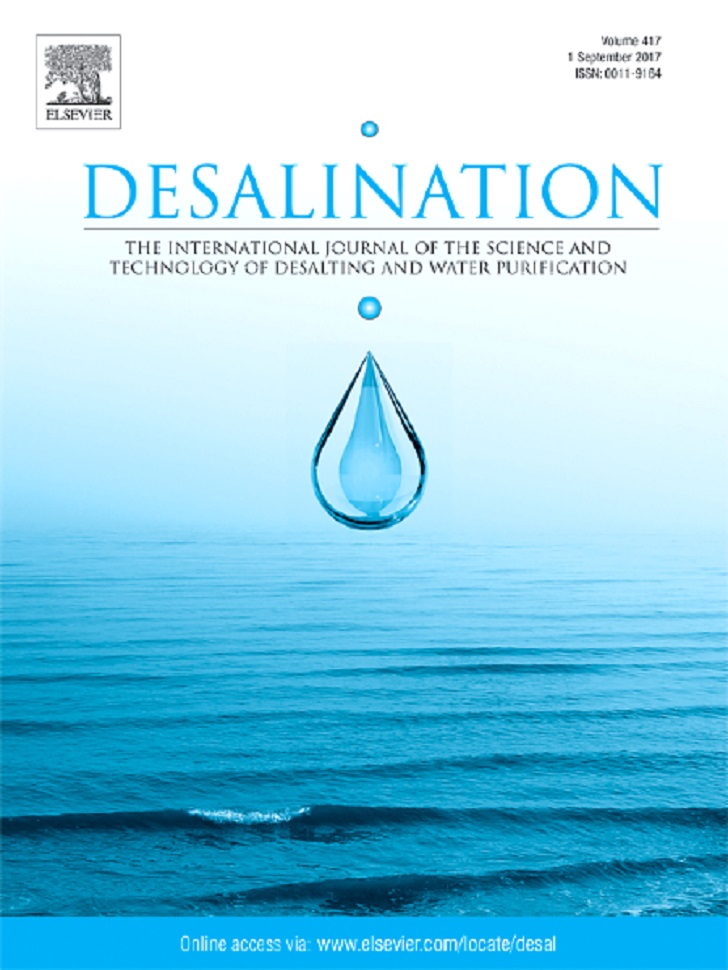
The research article 'Making zero-liquid discharge desalination greener: Utilising low-grade heat and vacuum membrane distillation for the regeneration of volatile draw solutes' has been published in Elsevier journal Desalination (Volume 507, 1 July 2021, 115034).
Abstract
Desalination is still a rather energy intensive process, and is also associated with the discharge of highly saline and chemically contaminated brine; both these factors detract from the sustainability of the desalination process. Fortunately, both these issues can be addressed by developing zero-liquid discharge (ZLD) processes that can be powered by low-grade (LG) heat sources.
The objective of the current work is to improve upon the world's first commercial forward osmosis ZLD system (developed by OASYS Water) by employing mainly LG heat. In the original system, the principal energy cost was associated with the regeneration of the thermo-responsive ammonia‑carbon dioxide draw solution, which was performed in a distillation column (DC). In this paper, a novel flow process is developed in which the same volatile draw solution is regenerated using a combined vacuum membrane distillation (VMD) and distillation column (DC) system.
The numerical results indicate that the standard DC draw solute regeneration system (DSR) outperforms the newly proposed VMD-DC DSR system when latent heat is available. However, when only sensible heat is available, the novel VMD-DC DSR system can reduce the overall energy consumption by more than 15% to 20% at source temperatures of 90 °C and 85 °C, respectively. Although these energy savings are substantial and allow for the efficient integration of various renewable and waste heat sources, the VMD-DC system still faces several drawbacks, such as high cooling loads and the regeneration of a more diluted draw solution. These difficulties originate from the non-selectivity of the VMD process and its difficult heat integration.
The numerical results presented here show the huge potential of membrane-based DSR systems for the recovery of volatile draw solutes. Nevertheless, the proposed DSR system will benefit from further optimisation via inclusion of more selective (e.g. pervaporation) or better heat integrated (e.g. multi-stage VMD) membrane processes to improve its technical and economical performance.



